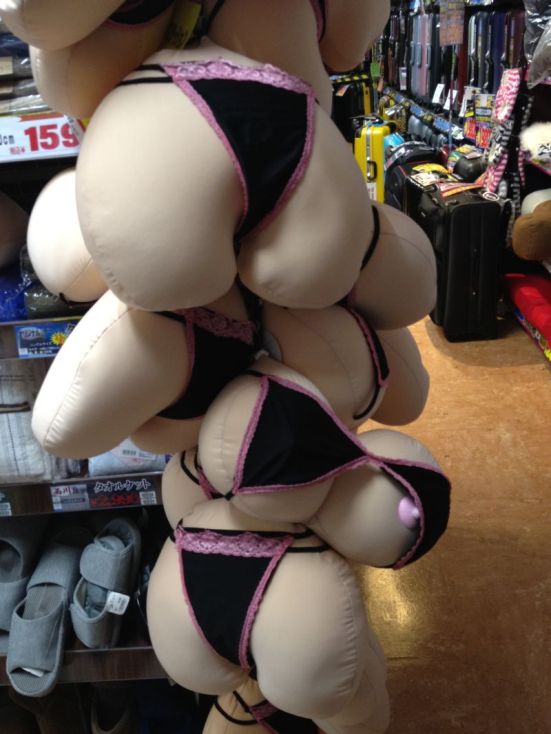 |
old train in Hamamtsu
at Tenryu-Futamata Station |
1. Almost everyone is on their phone or some handheld console.
You're definitely in a Japanese train when most of the people around you have some gadget on their hands. It's noticeable how train commuters would instantly bring out their phones or game consoles as soon as they find a place in the train. It doesn't matter whether they're standing or sitting, or whether the train is packed or not.
2. Those who are not on their phones are either reading or sleeping (or pretending to sleep.
Those who are not part of the ''ALMOST EVERYONE'' population are either seriously reading something. It's usually a small paperback covered in light brown paper similar to a doggie bag. You'd be amazed how these reading public can walk in and out of the train without tearing their eyes off their books. That's Japanese secret power!
Those who aren't reading are sleeping- in varying degrees.
a.) Some are napping lightly- like truly taking a power nap.
b.) Some are pretending to be napping because they're sitting down and there are old people standing near them. (This is the ''I'm-sleeping-and-I-can't-give-up-my-seat'' nap)
c.) Some are sleeping with heads banging on another person's shoulder.
d) Some are sleeping like there's no tomorrow. Take the trains on a Friday night and you'll know what I mean.
3. The train is quiet even if it's packed.
I always had this equation: crowd= noise. Then I came to Japan and debunked this equation. No matter how packed the trains are in Japan, it's generally quiet. If you're blind and can't see the number of people in the train, you wouldn't think it's filled to the doors because of the hushed noise levels. If there are chattering sounds it's usually from school girls, old ladies and foreigners. Still, the chattering noise couldn't drown the general silence.
HOWEVER,
The noisiest thing in Japanese trains is the announcement system. The speaker wouldn't stop telling passengers where the train is heading, what time it will arrive in all the stops, what stop is the train about to stop, what things can we see in that stop, etc, etc. In major cities, all the information would be translated in English so the speaker system is just drowning all the silence and chatter.
4. There's a train conductor that make rounds.
Japanese train conductors usually walk back and forth in the trains. They'll open the connecting doors, bow and mutter something under their breath. Then they'll walk to the other end, bow and mutter again. Then they go to other car.
Why do they that? I'm not sure. It's probably for security reasons. Not because there are possible criminals hiding in the train but maybe they're checking the train for chikans (the Japanese gropers in the train)or for loud or messy drunk men. Or they're just possibly bored with simply standing so they walk.
5. There will always be students in uniform- even if it's a holiday.
Japanese students have an affair with their uniforms. They just wear it all the time On school days- uniform. On weekends- uniform. On holidays- uniform. On vacation- uniform. They just wear it all the time I wonder how they wash it. Since they love their uniforms so much, you will always see a student in uniform on the trains. A Japanese train is not complete without a student in uniform.
6. There's an unspoken rule of boarding and getting off the train.
The Japanese are truly disciplined even when it comes to using the train. You can easily notice the following:
a.) People who will board the train REALLY fall in line.
b.) When the train doors open, people who are in line will step aside to give way to those who are getting off.
c.) People who will board the train usually steps in from the side of the train doors.
There's some pushing but boarding and getting off the trains in Japan is comparatively more systematic.
Next time you board a train in Japan, check these 6 things out and you'll definitely agree with me.













.JPG)

.JPG)